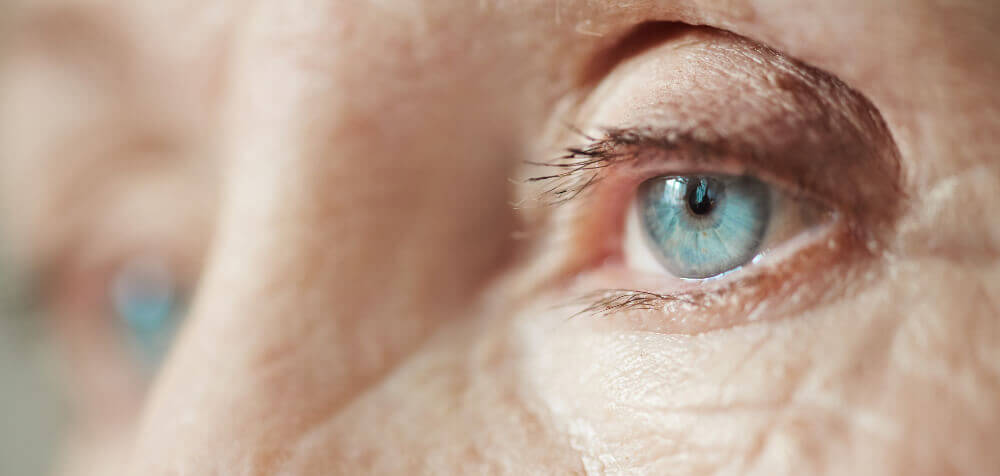Diabetic Eye Disease

Diabetics cannot use or store sugar properly due to lack of endogenous insulin. High blood sugar can damage the blood vessels of the retina (inner lining of the eye) and when they are damaged, they can leak fluid or bleed. This causes the retina to swell and form deposits leading to diabetic retinopathy.
In fact, the longer someone has diabetes, the more likely is to have diabetic retinopathy. Everyone who has diabetes is at risk for developing diabetic retinopathy, but not all diabetics do develop it.
Symptoms
In its early stages, patients may not notice any change in their vision, but it can lead to the later, sight-threatening form of the disease.
Sometimes difficulty reading or doing close work can indicate that fluid is collecting in the macula, the most light- sensitive part of the retina. This fluid build-up is called macular edema. Floaters can be a sign of diabetic retinopathy. Another sign is double vision, which occurs when the nerves controlling the eye muscles are affected.
If you experience any of these signs, you need to see a vitreoretinal specialist immediately. Otherwise, diabetics should see their retina specialist at least once a year for a dilated eye exam.
Types of Diabetic Retinopathy
Non proliferative Diabetic Retinopathy
This early stage of the disease is characterized by leakage of fluid, lipids and blood into the retina causing swelling and deposit formation
Proliferative Diabetic Retinopathy
In this later stage, new blood vessels grow on the surface of the retina. These new blood vessels can lead to serious vision problems because they can break and bleed into the vitreous (vitreous hemorrhage), the clear, jelly-like substance that fills the eye. Proliferative retinopathy is a much more serious form of the disease and can lead to blindness.
Diabetic maculopathy
In some instances the leaking fluid accumulates at the macula, the area responsible for central vision and for recognizing numbers and letters. This is called diabetic macular edema and if not treated promptly may lead to blindness.
Management - Surgical
Techniques
Pan Retinal Laser Photocoagulation (PRP)
This is the treatment of choice for the early stages of proliferative diabetic retinopathy as it reduces the oxygen demand to the retina by destroying peripheral oxygen – deprived retinal tissue. This has as a result the regression of the new blood vessels and prevention of vitreous hemorrhage.
Intravitreal Injections
This is the treatment of choice for diabetic patients with clinical significant macular edema (CSME) independent of their level of vision.
Vitrectomy surgery
This is the treatment of choice for diabetics with advanced proliferative diabetic retinopathy complicated with vitreous hemorrhage, tractional retinal detachment or iris rubeosis. During vitrectomy the vitreoretinal surgeon removes the vitreous from the eye and replaces it with saline.
Prevention of Diabetic Retinopathy
Fortunately, the risk of developing diabetic retinopathy can be significantly reduced by using common sense and taking good care of yourself.
- Keep your blood sugar under good control.
- Monitor your blood pressure and keep it under good control, or seek appropriate care.
- Maintain a healthy diet.
- Exercise regularly.
- Avoid smoking
- Keep regular follow up with your retina specialist.

